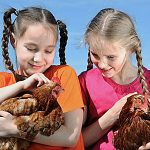
Defining the differences between a purebred and a hybrid chicken can be complicated. Some breeds are not purebred. But even a pure breed may have started out as a hybrid. What is a purebred chicken? Purebreds, also called straightbreds, will breed true. That means all the breeder roosters and hens have uniform bloodlines, and their […]
Continue Reading
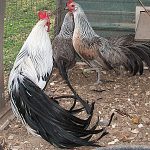
A chicken’s gender may be determined by a number of different methods. Which method works best depends on the bird’s age, breed and variety, and skill of the observer. Here are the four common ways to sex a chicken. Vent Sexing Vent sexing can be done soon after a chick hatches. Also called cloacal sexing, […]
Continue Reading
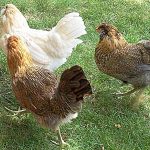
The best number of chickens for your backyard flock relates to both your goal in having chickens and the type of environment you can provide. Here are four ways to determine the best number of chickens for your flock. Local Regulations First find out how many chickens you can legally have. Local regulations, such as […]
Continue Reading
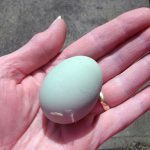
Developing chickens to lay eggs with consistently blue shells requires careful consideration and attention to the breeding. Even though blue shell color is a dominant trait, developing the best blue egg layers is always a challenge. For the 2022 chick season here at Cackle Hatchery® we prepared a ranked list of the best blue colored […]
Continue Reading
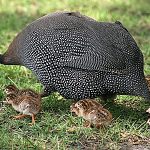
Guinea fowl are fiercely protective parents. Unfortunately they don’t seem to grasp the concept that their little ones can’t move as fast as the big guys. As a result, the keets easily get lost. Further, during their first two weeks of life baby guineas, or keets, chill easily. Trapsing through dew-wet grass while trying to […]
Continue Reading
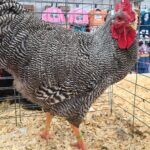
Barred Plymouth Rock (Exhibition Type) – Sold as Baby Chicks Only
Minimums – Not Sexed = 3
Female = 3
Male = 1
Seasonal/Shipped Feb thru September
Maximum of 5
Continue Reading
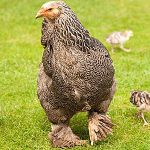
A setting hen doesn’t know (or doesn’t care) whether or not the eggs she hatches are her own. Under natural conditions her nest may consist of a collection of eggs from various hens in the flock. So, you might deliberately use your broody chicken hens as foster moms to hatch eggs laid by other hens, […]
Continue Reading
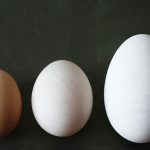
Precisely how long an egg takes to hatch depends on a lot of factors including species, breed, strain, conditions under which the egg was stored prior to incubation, and conditions during incubation. But whether you plan to hatch eggs in an incubator or under a hen you need a more definitive answer the question: How […]
Continue Reading
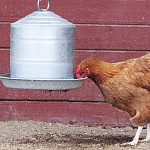
Preventing heat stress in your backyard chicken flock involves a combination of commonsense management measures. The following seven simple strategies will help your chickens stay cool in summer. Heat Tolerant Breeds If you live in a climate that’s warm year-around, you might consider keeping a heat tolerant breed. Some chicken breeds naturally tolerate warm weather […]
Continue Reading
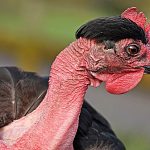
Chickens have no sweat glands, so chicken breeds that originated in hot climates have developed other features to help them stay cool. One is to grow a large comb and wattles, through which blood circulation increases in hot weather to help dissipate body heat. Another warm-climate adaptation is to avoid trapped heat by developing sparse […]
Continue Reading










